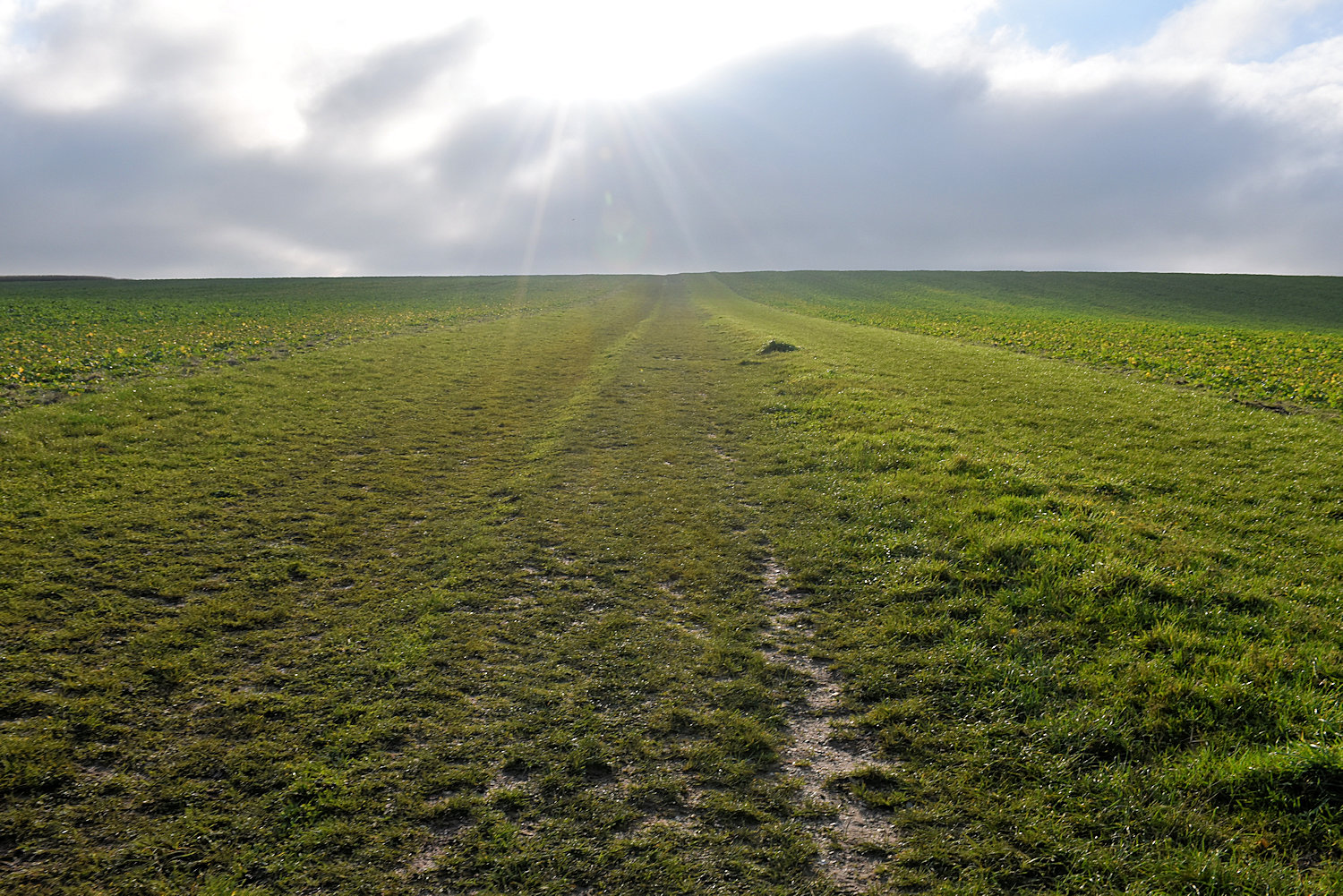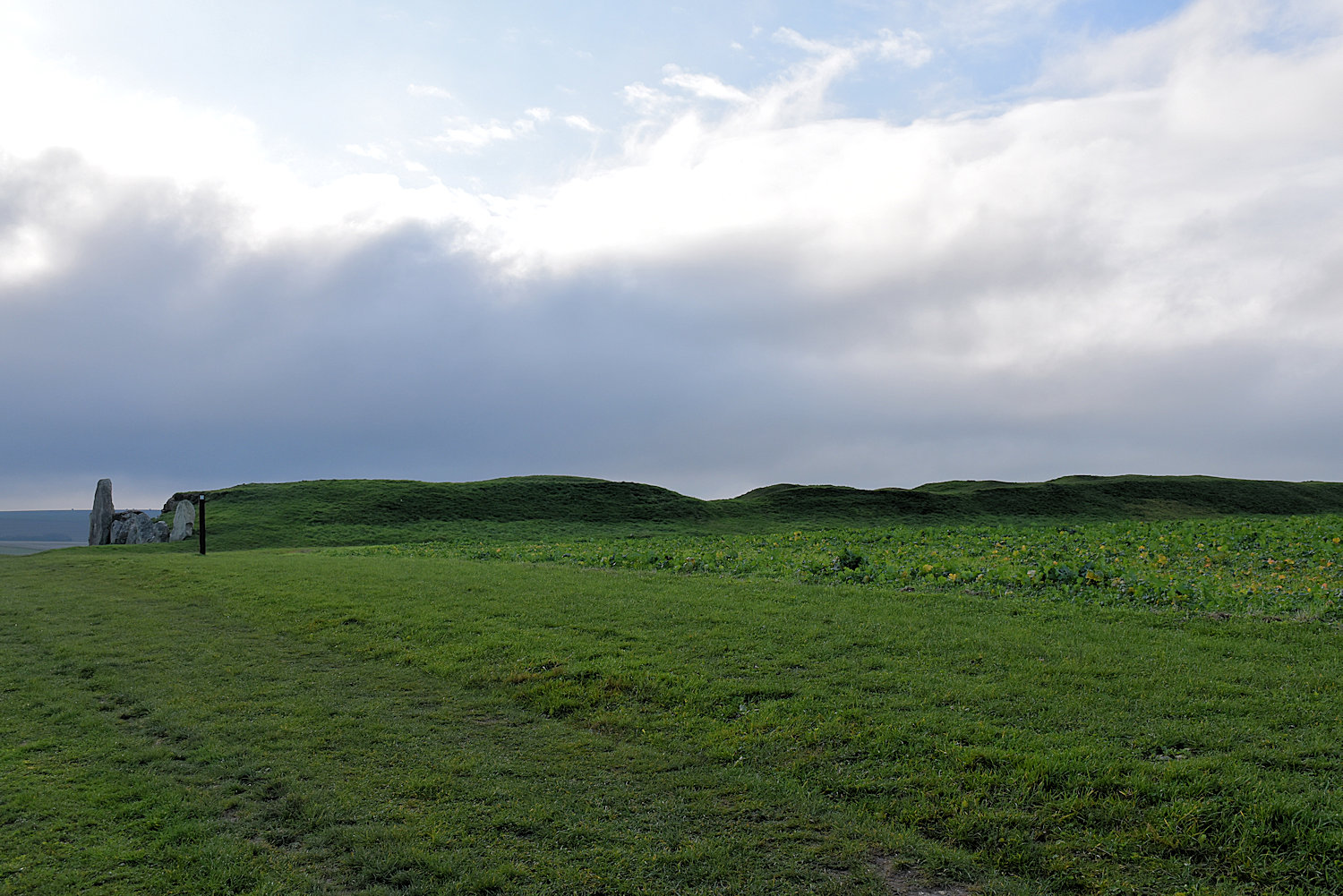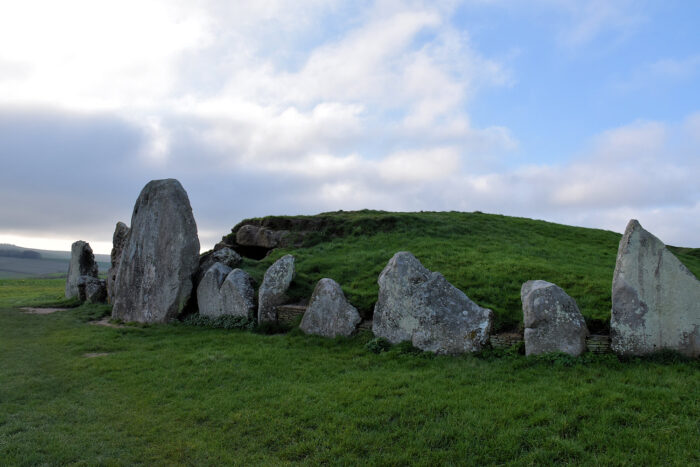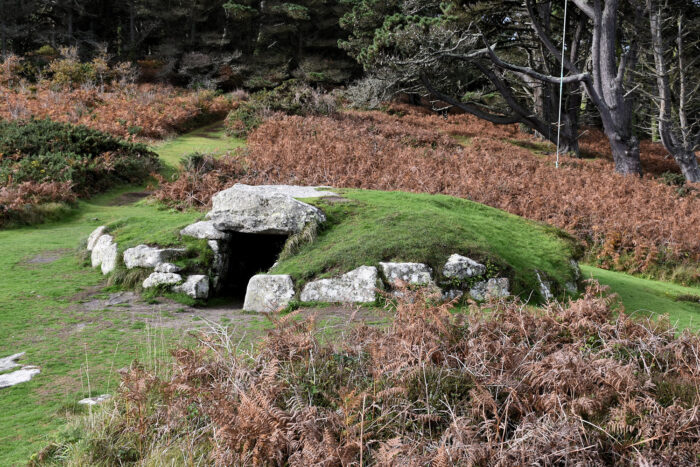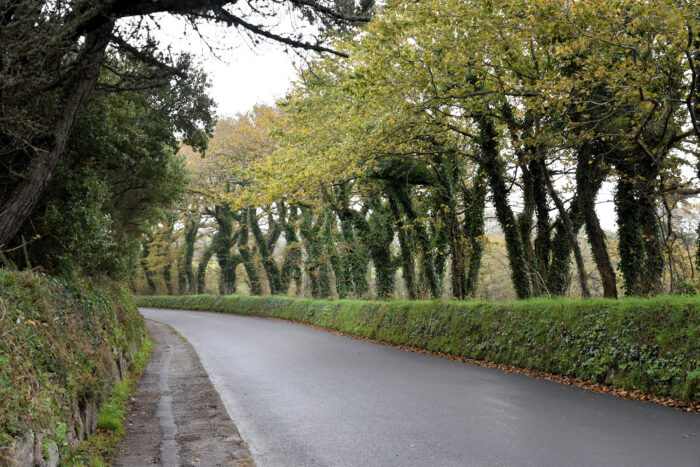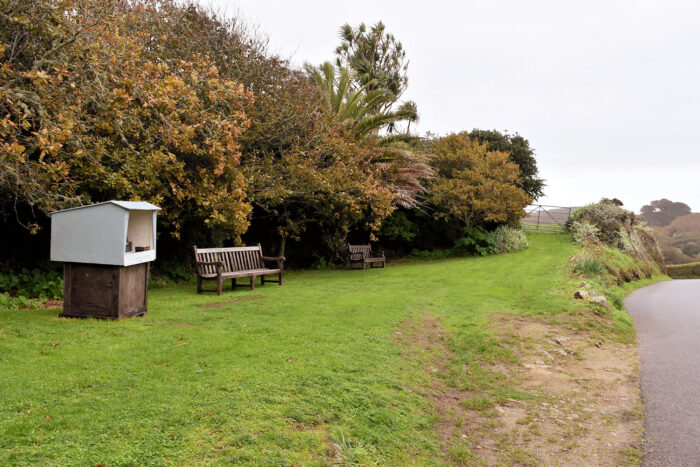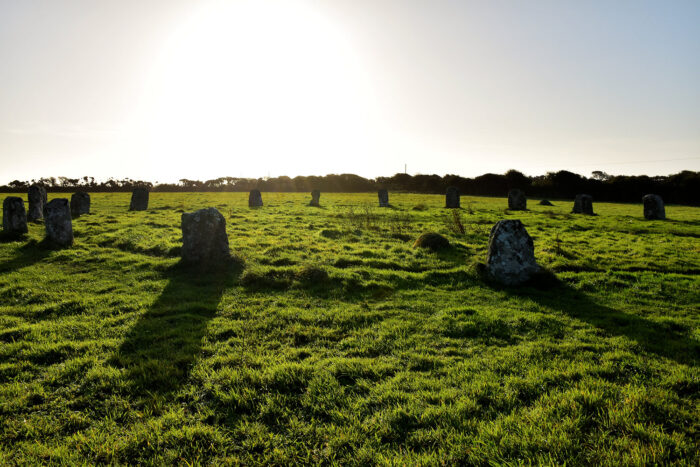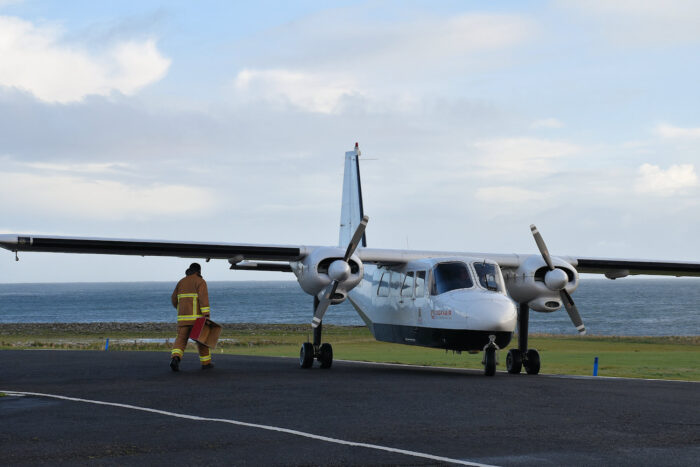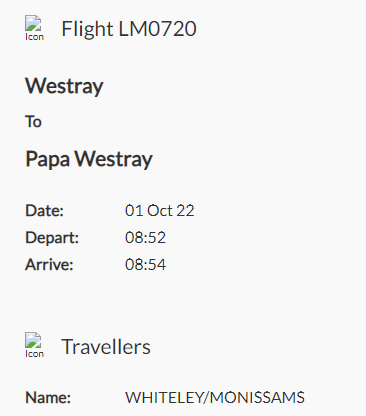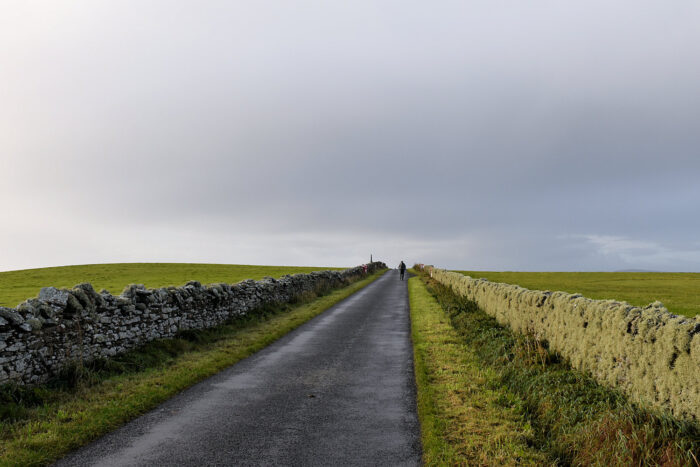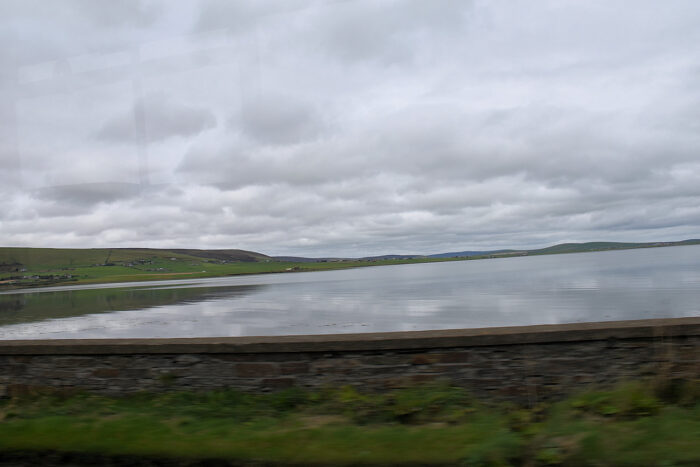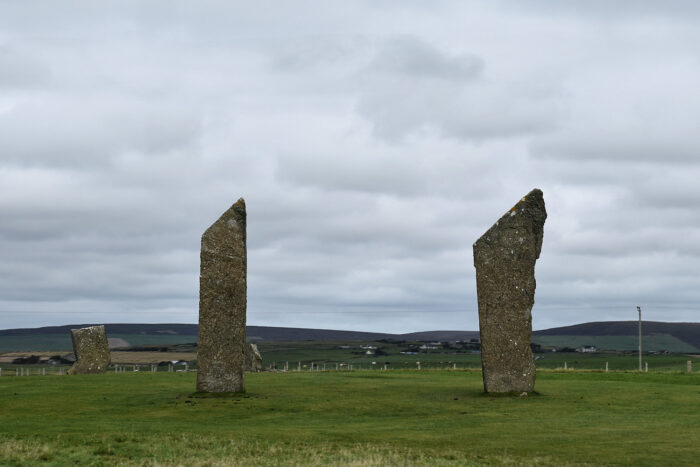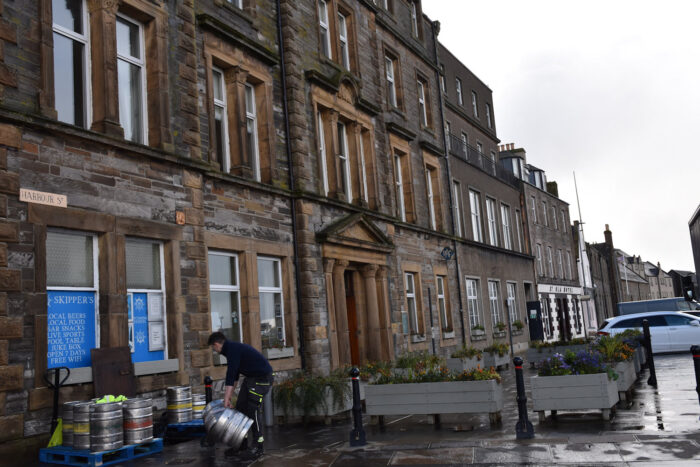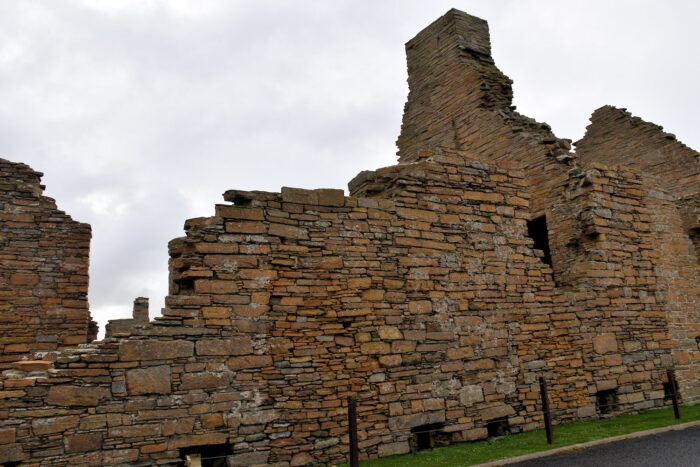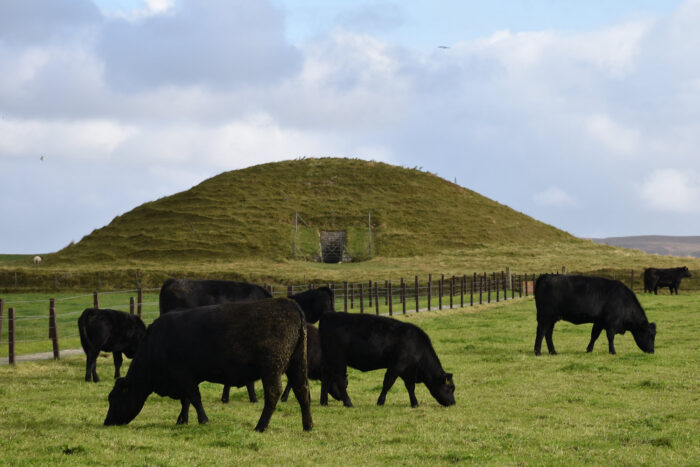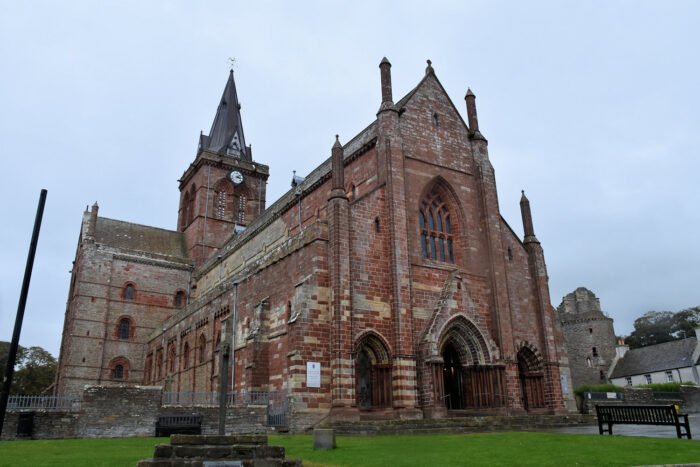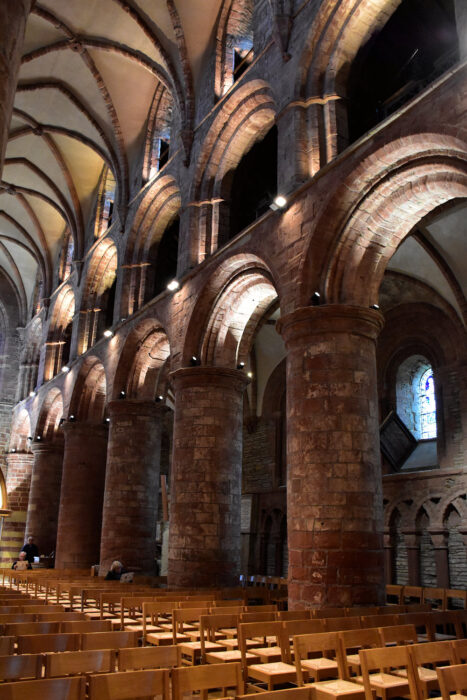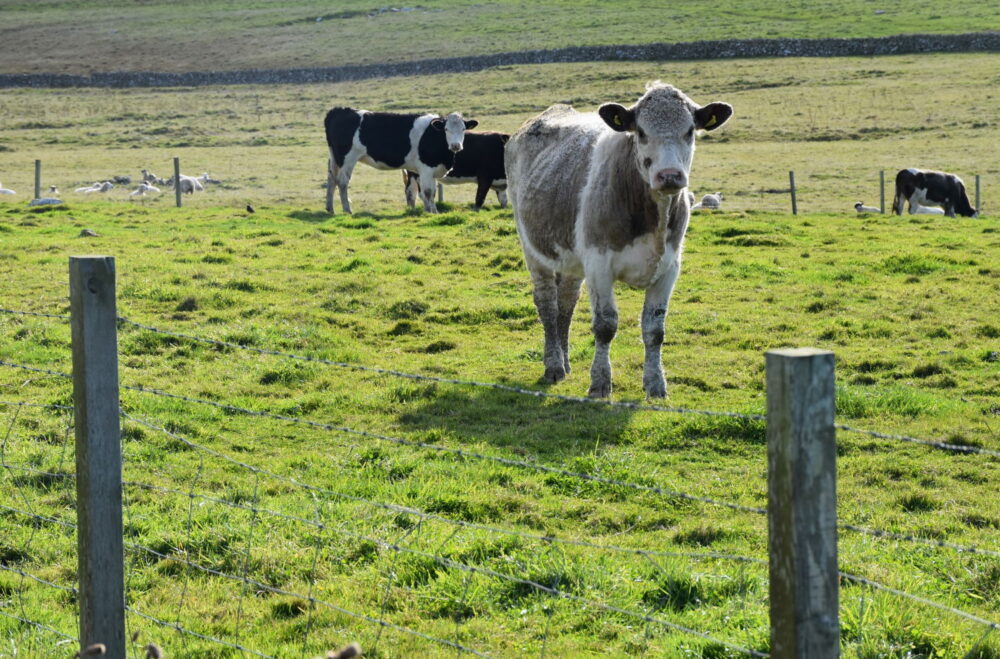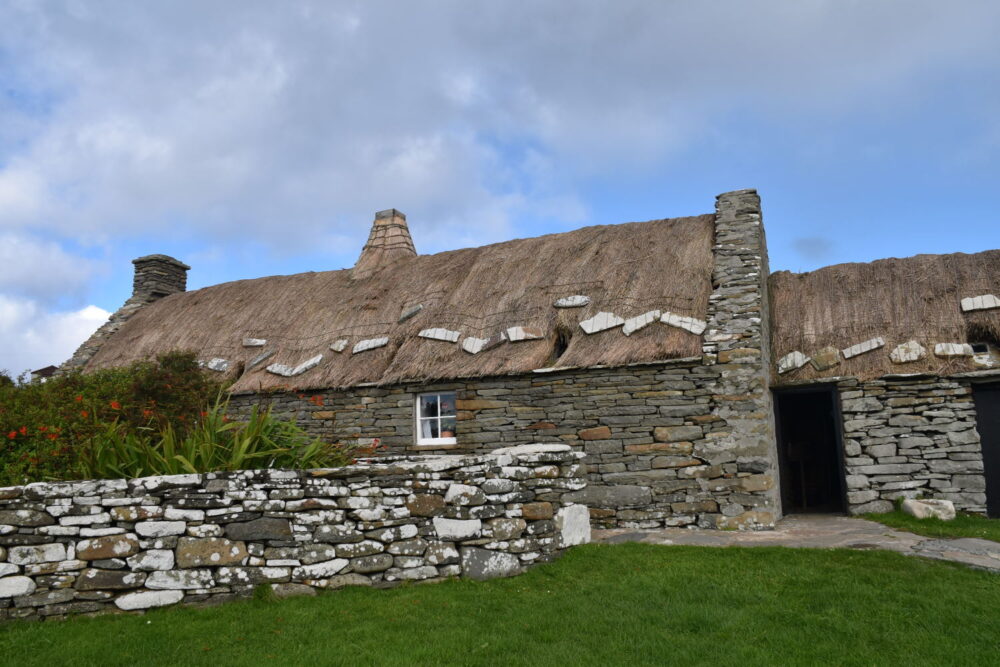This is another Neolithic chambered tomb, near Avebury. It’s significantly bigger that most of them. High enough in the open bit to walk around in (as you’ll see below). It’s also one of the oldest tombs. Actually, the List of oldest known surviving buildings on Wikipedia has it as the second oldest building in the UK (after the Knap of Howar) and the oldest in England (and older than Stonehenge & the Egyptian pyramids and everything else you’ve heard of probably). Which I didn’t realise at the time because I went to Avebury for a day trip and bought booked train tickets so I’d have about 2-3 hours in the village and therefore wouldn’t want to walk out to look at the barrow. Right…
Anyway, the panel at the site says: The long barrow was built in about 3650 BC by an early farming community, people who had arrived from Continental Europe only a few generations before. For about 50 years, they placed their dead into the different chambers, grouping them according to age, sex and perhaps social or family group. As new people were placed in the chambers, older burials were disturbed and the bones re-arranged. Over the next 1,000 years people regularly returned the long barrow, filling the chambers with earth, ash, chalk rubble and sarsen stones. Mixed with this material were pottery sherds, flint tools, and the bones of both humans and animals. Perhaps the barrow became a shrine to the ancestors or to the land itself. In the early Bronze Age, three large stones were placed to block the entrance and finally seal off the chambers.
The barrow is at the top of a hill. (You can maybe just see it if you click to get the large picture.) (You did know you can get larger pictures by clicking?) It is very long, about one hundred metres. Too long for the camera once it become close enough to see properly.
Some cremations and the partial remains of at least forty-six individuals – both male and female and of all ages – have been found inside, together with grave goods including pottery, beads and stone implements such as a dagger, dated to between 3000 and 2600 BC. The tomb was closed sometime around 2000 BC and the main passage filled with earth, stones, rubble and debris. The forecourt was then blocked with sarsen boulders and a false entrance of twin sarsen uprights constructed. Finally, three massive sarsen blocking-stones were erected across the front (eastern end) of the tomb.
English Heritage
For comparison, the Averbury henge and stone circles were constructed about 2850-2200 BCE. So not built by the same people and not even used by the same people. The infilling seems to have started before or about the same time as the henge constrction started, and not that long after that was finished, the barrow was sealed. Burial barrows are just so last millenium. Or maybe the kids kept sneaking off to have parties in there, or cows were getting lost.
